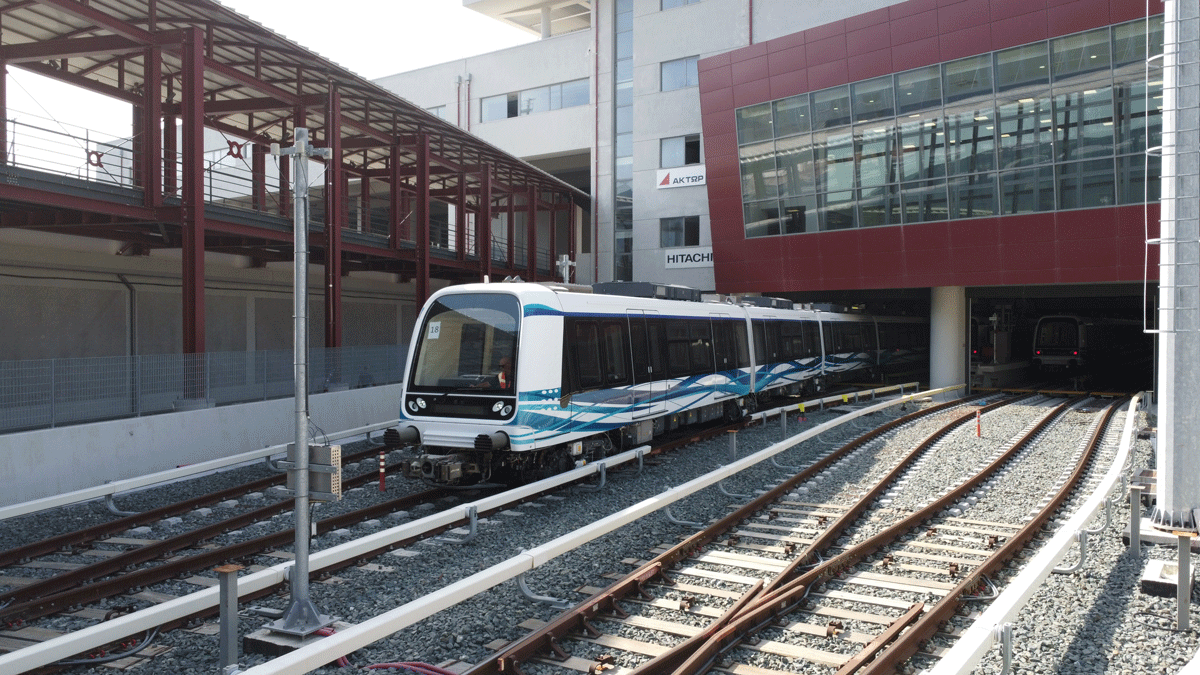Stop Holding Your Breath: Thessaloniki Metro is Open
- 11 Dec 2024

Unearthing History Beneath the Tracks
Thessaloniki has been holding its breath in expectation for a very long time. The construction of the metro system officially began almost 20 years ago, with scepticism about it ever reaching completion.
Now residents can let out a sigh of relief as the metro is operating as of its inauguration on 30 November. Thessaloniki’s experience underscores the challenges of infrastructure development in cities with deep historical roots. In fact, the excavations for the metro bore through the city’s ancient layers, where archaeologists unearthed over 300,000 artefacts, ranging from Roman streets to Hellenistic ruins. But as Greeks certainly know, boasting privileges of thousands of years of rich history is a double-edged sword when building infrastructure, especially when you start digging.
These findings required delicate handling, adding significant time and cost to the project. "I feel very lucky, because in this job I saw many things that I would not encounter elsewhere. I feel like I have a doctorate – now I can handle any construction challenge," remarked Nikos Lithopoulos, a construction worker who spent over a decade on the project.
“We cried, we laughed, we got tired, and we sweated. Every time a part of the project was complete,” shared Vasilis Zafeiridis, another worker involved in the project. The extensive archaeological finds highlighted the importance of careful planning and adaptability in such contexts. Cohesion Policy funds provided the financial and strategic framework necessary to navigate these complexities, ensuring progress on a project that might have otherwise lost backing because of the many delays.
Stations like Venizelou now serve as living museums, seamlessly integrating ancient artefacts into their design. Visitors can marvel at remnants of the Roman Decumanus Maximus while travelling through the city, making the metro a passage not only through space but also through time.
A Short Train Ride Toward Sustainability and Connectivity
People in Thessaloniki can stop holding their breath—and not just out of anticipation. With few alternatives to private cars as the main way of transport, Thessaloniki has the highest levels of air pollution when compared to similar-sized cities in the European Union. Particulate matter exceeds the maximum permissible limits for more than half the days of the year. The metro is estimated to reduce carbon dioxide emissions by 212 tonnes per day, thus helping to improve air quality.
Financed by €1 billion in EU funds, the metro is a game-changer for Thessaloniki. Besides alleviating the city’s chronic air pollution problems, the metro also ushers in a wealth of economic benefits. It promises to revitalise neighbourhoods by making them more accessible and fostering economic growth. Businesses near metro stations are already anticipating a surge in activity. “We decided to invest in the Kerameia Allatini area a year ago, expecting the neighbourhood to become a 'gateway' to the east of the city with the Nea Elvetia metro station,” said Michalis Lemonis, a local entrepreneur.

Most importantly, though, for residents, the metro represents more than convenience; it’s a reclamation of time. With 13 stations and a 9.6-kilometre main line, the system will cut commute times significantly—trips that once took up to 40 minutes by car can now be completed in 17 minutes. When fully operational, the network will include 18 stations, extending to the Kalamaria district, and is expected to serve over 330,000 passengers daily. Time once spent in traffic jams can now be dedicated to family, work, or leisure.
The metro also champions sustainable urban living, reducing reliance on private vehicles and encouraging public transport use. “It’s not just about moving people efficiently; it’s about strengthening the connection of residents with public space, promoting a sense of community and the adoption of more sustainable ways of life,” noted Epaminondas Christofilopoulos, president of the Metropolitan Organisation of Museums of Visual Arts of Thessaloniki (MOMus). Residents echo this sentiment, expressing hope for less congested streets and a more harmonious urban environment.
This new chapter for the city, which promises seamless mobility, reduced congestion, and a rejuvenated urban environment, was marked by a celebration on 4 December in the Macedonomachon Square at Agia Sofia Station. The square became a hub of celebration, hosting a festival of participation and co-creation for citizens and visitors, despite the odd rainy day in Thessaloniki. A series of artistic workshops, dynamic dance performances, live DJ sets, and interactive activities transformed the metro’s inauguration into a true community event.
This event was organised under the “Europe in My Region” campaign that showcases the positive impact of EU-supported projects on local communities.
A Journey Through Time and Space
Thessaloniki’s metro is more than a transportation system—it’s a cultural experience. Stations like Venizelou and Agia Sofia showcase the city’s layered history, turning daily commutes into journeys through millennia. As the city looks to the future, its metro stands as a testament to what can be achieved when modern engineering meets a commitment to heritage.
For Thessaloniki’s citizens, the metro is more than a convenience—it’s a symbol of progress, unity, and renewed hope. After years of delays and doubts, the city finally has its metro, connecting its people not only across space but also through time.


